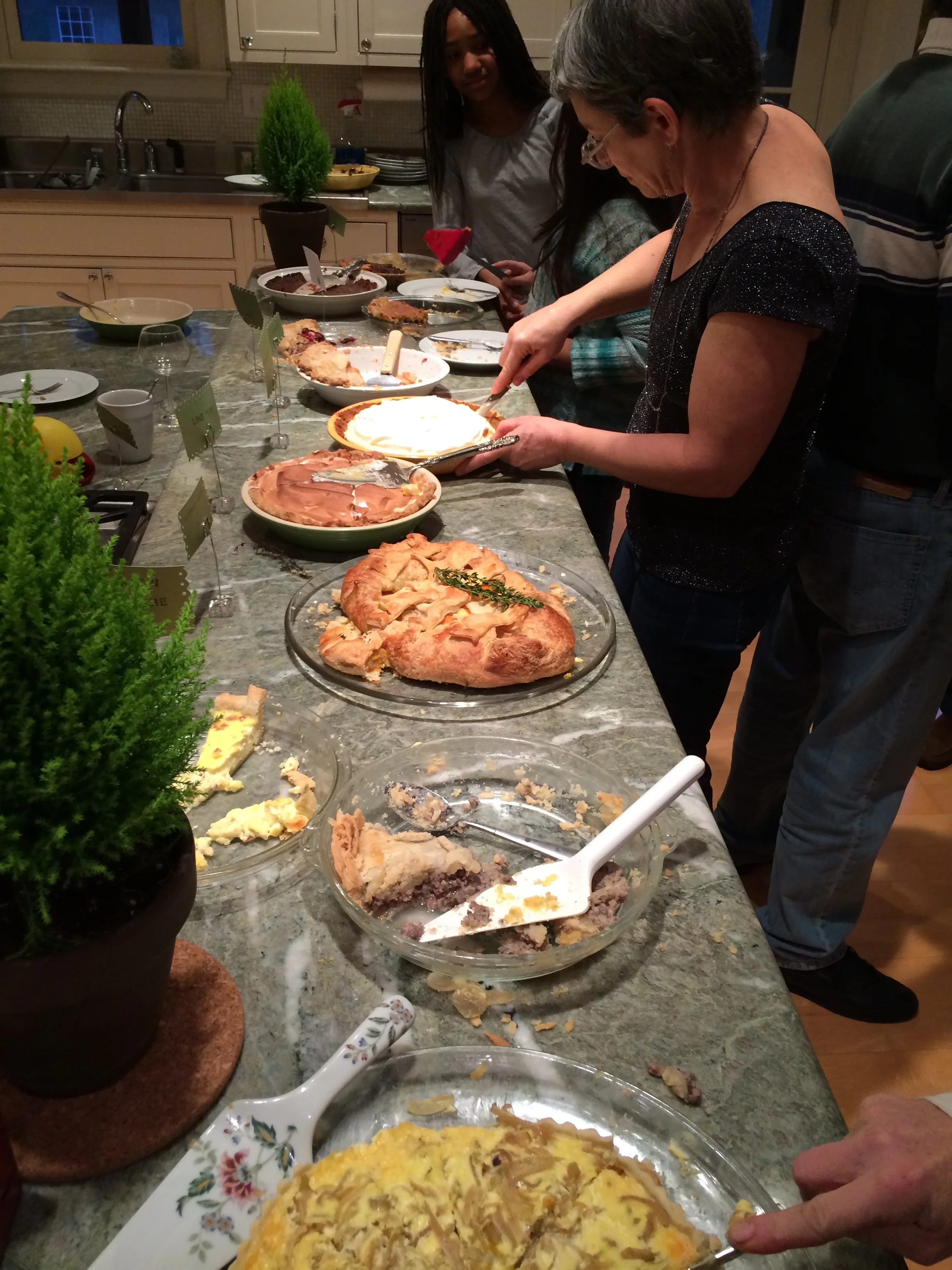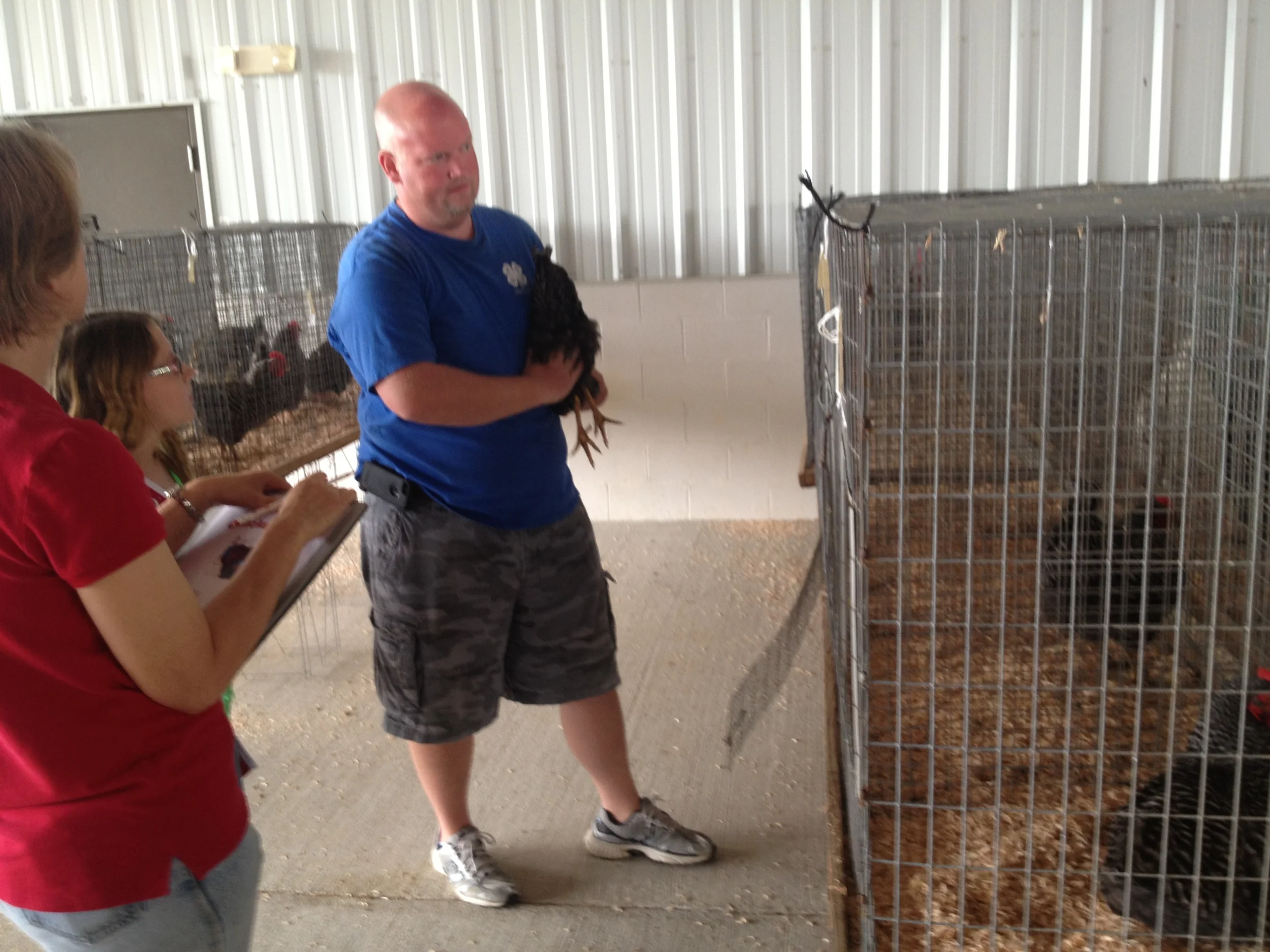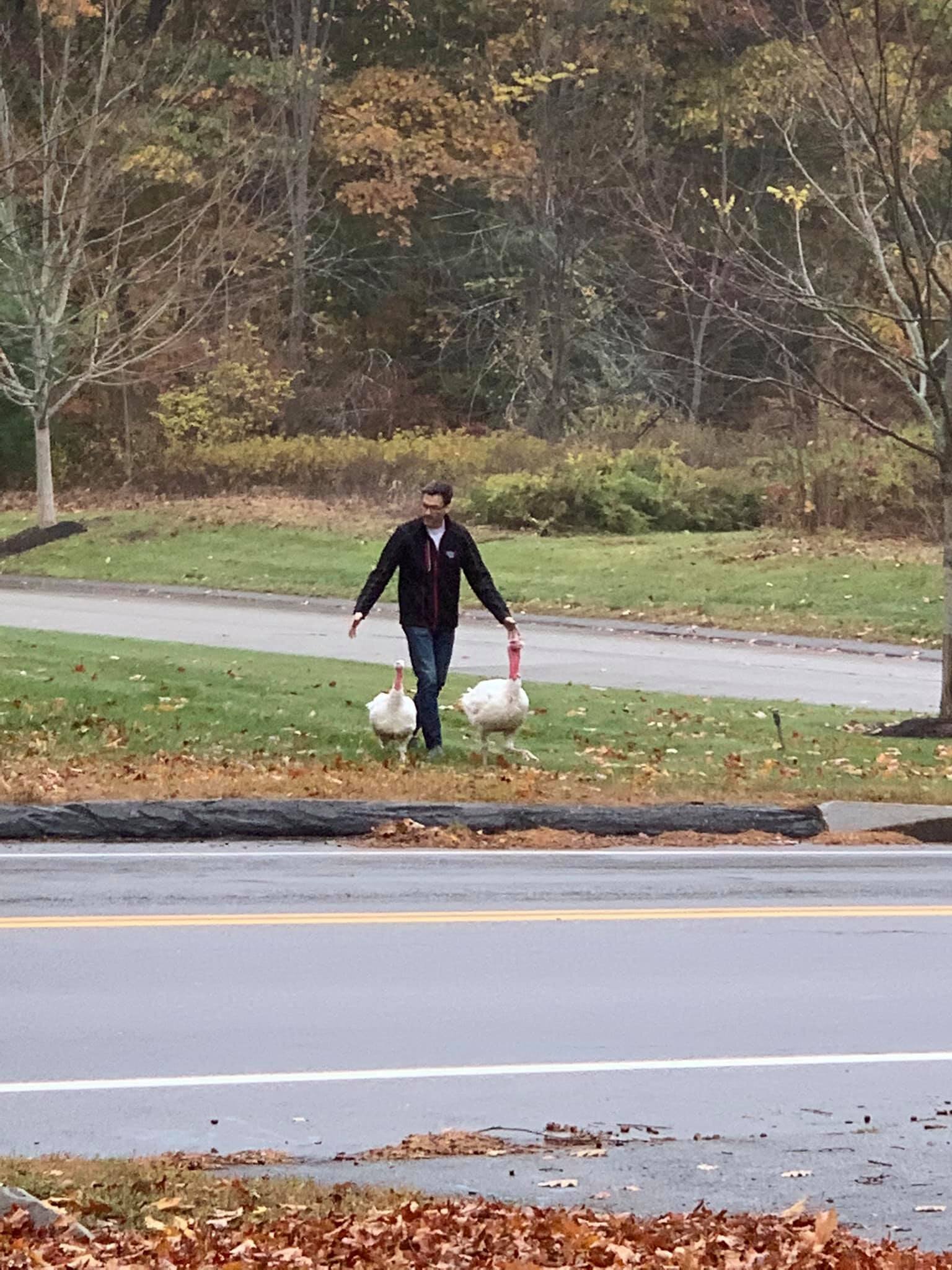Eating local
/I cured this de-boned ham for 21 days in a cider brine recipe taken from Hugh Fearnley-Whittingstall's book 'The River Cottage Meat Book'.
I took it out of the brine, and boiled it for 3 hours. Then roasted it for 1.5 hours wth a thick and lovely Dijon & brown sugar glaze.
Served with roast new potatoes tossed in a little sea salt. So damn delicious. Proving once again that time & patience can yield more delicious results than any fancy recipe.
The Boy was with standing in the kitchen when I pulled it out of the brine and asked, 'Which pig was this?'
This lovely girl was raised in our backyard about 50 yards from the oven she was cooked in. Her name was Tocino. That's some local food.
That'll do, pig. That'll do.

















